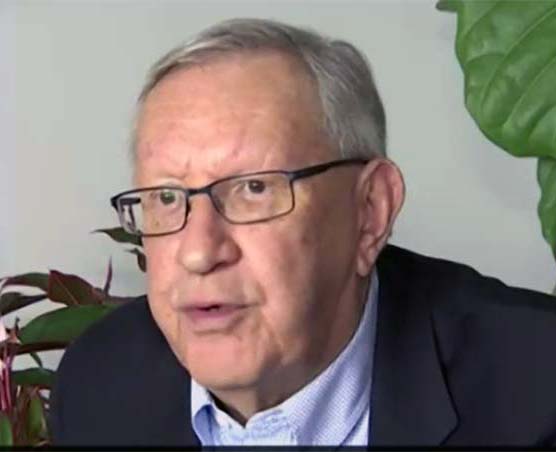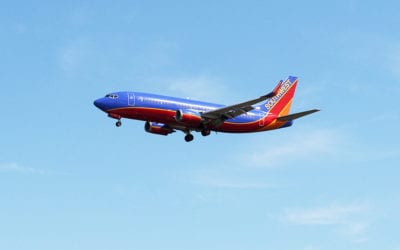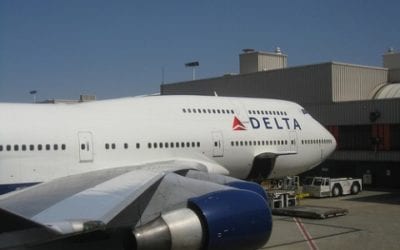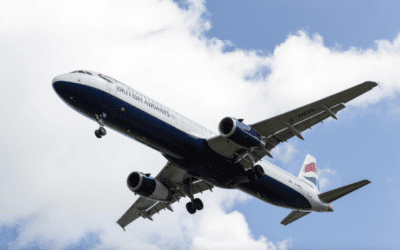The coverage of the “Miracle on the Hudson” was non-stop for a couple of news cycles. But in this day and age of news, and with today’s inauguration ceremonies, even spectacular airline crashes with miracle outcomes fade into the background. Let me add my kudos to the crew, especially the flight attendants who seem to have been forgotten.
Even though the Captain “Sully” Sullenberger masterfully landed the crippled plane in the Hudson to give the passengers a chance to be rescued, the actions of the flight attendants in the cabin were the key factor in the successful evacuation of the floating plane.
I read through columns and listened to TV shows. The role of flight attendants was not highlighted at all other than their intoning to passengers, “Keep your head down — brace for impact.”
For a moment, the Airbus A320 hung in the sky 3,000 feet above the Bronx, its engines knocked so completely dead that one flight attendant said it sounded like being in a library.
It happened so fast, the pilots never had time to throw the aircraft’s “ditch switch,” which seals off vents and holes in the fuselage to make it more seaworthy.
“Brace! Brace! Head down!” the flight attendants shouted to the passengers.
Then, they were in the water. The flight attendants likened it to a hard landing — nothing more. There was one impact, no bounce, then a gradual deceleration.
“Neither one of them realized that they were in the water,” Higgins said.
The plane came to a stop. The captain gave a one-word command, “Evacuate.”
After that terse command, the flight attendants sprung into action. The passengers had the benefit of a season crew of flight attendants who each have been training for these kinds of survivable crashes for 25 years. US Airways released the names of the flight attendants.
Flight Attendant Sheila Dail, age 57, joined US Airways (Piedmont Airlines) in 1980 and has more than 28 years experience with the airline.
Flight Attendant Doreen Welsh, age 58, joined US Airways (Allegheny Airlines) in 1970 and has more than 38 years experience with the airline.
Flight Attendant Donna Dent, age 51, joined US Airways (Piedmont Airlines) in 1982 and has more than 26 years experience with the airline.
It was their actions after the captain’s one-word command that allowed the 150 passengers to get out of the plane for rescue by the flotilla of tugboats and ferry boats that quickly encircled the floating Airbus.
One news story described the scene inside the plane as follows:
The crew got two doors open. One water slide deployed automatically. The other had to be activated by hand. Passengers grabbed life preservers and seat cushions.
At the rear of the plane, a third flight attendant stopped a passenger from opening a rear door and letting in a gush of water, then made her way forward.
As the passengers made their way out onto the wings, she started to feel woozy. Only then did she notice that her leg had a severe cut — the most serious wound to anyone on board.
Interviews with passengers on morning shows clearly showed that the evacuation was initially rather chaotic, with passengers crawling over seats, trying to get luggage out of the overhead compartments and shouting, “Women and children first”!
Eventually the evacuation settled into a more organized pattern as the realization that rescue operations were clearly underway. Some passengers tried to open the rear doors, however, water pressure (I assume) wouldn’t allow them to open the doors. Eventually an alert flight attendant blocked the doors and told passengers to move forward.
Every passenger was evacuated safely and the dramatic photographs of passengers standing on the wing of the Airbus A320 as the plane bobbed in the Hudson River was made possible.
The bottom line: Airline captains don’t evacuate airlines. The flight crew does. Even though Captain Sullenberger walked the cabin twice to make sure all passengers has been evacuated, it was his unsung crew of flight attendants that made sure he didn’t find any forgotten passengers.

Charlie Leocha is the President of Travelers United. He has been working in Washington, DC, for the past 14 years with Congress, the Department of Transportation, and industry stakeholders on travel issues. He was the first consumer representative to the Advisory Committee for Aviation Consumer Protections appointed by the Secretary of Transportation from 2012 through 2018.



